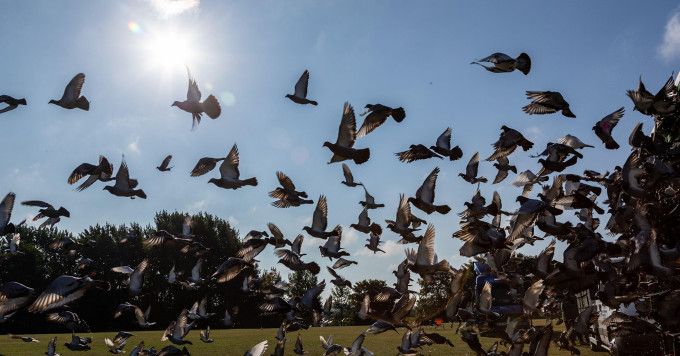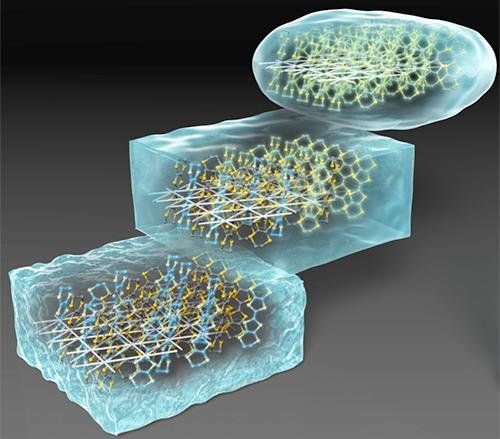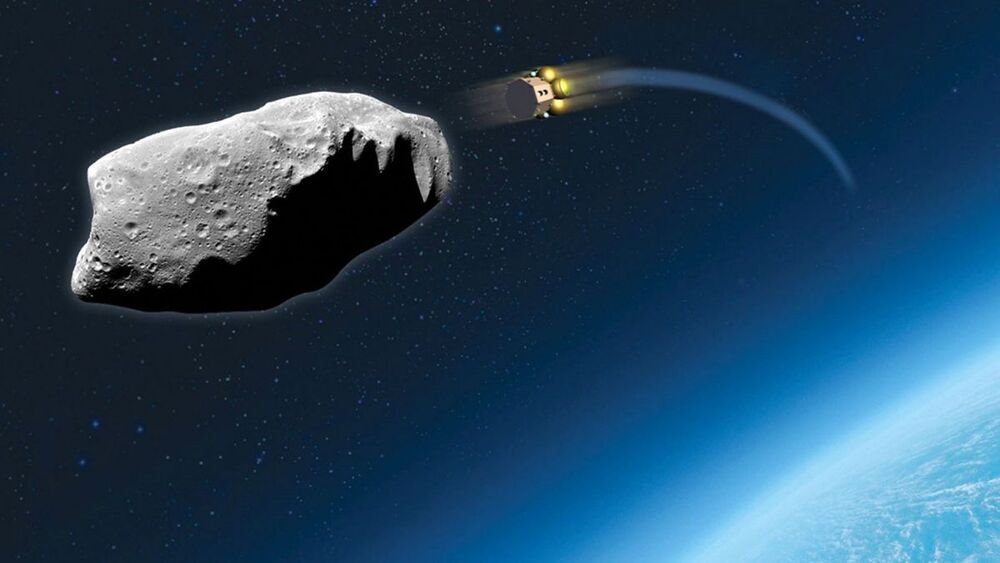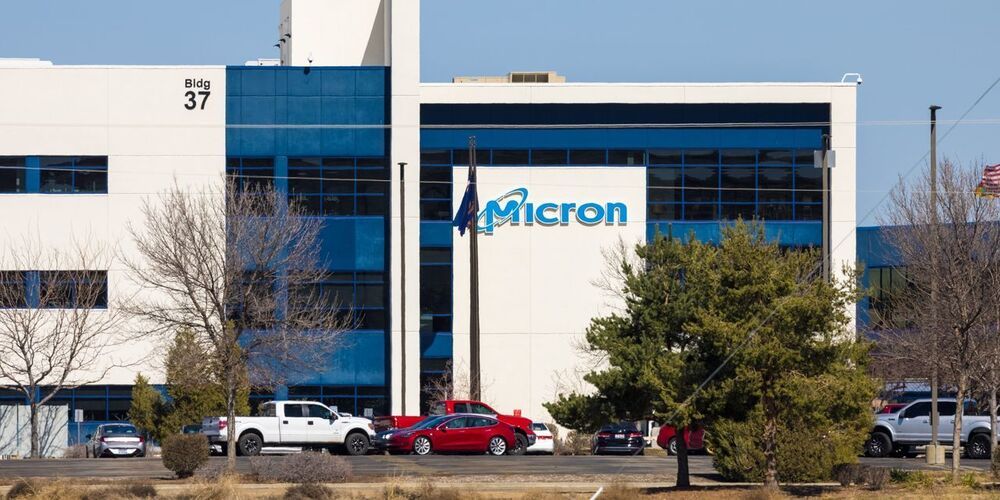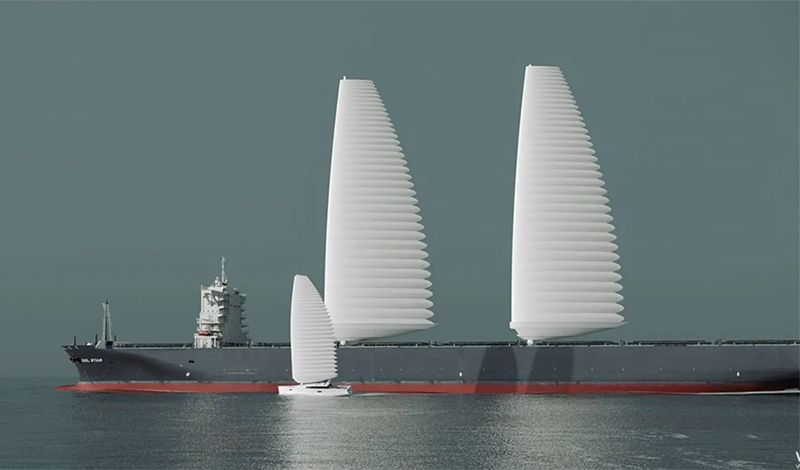Bird handlers were devastated after a mind-boggling 5000 homing pigeons seemingly disappeared during a race across the UK.
They flew the coop — and vanished into thin air.
Bird handlers are devastated after a mind-boggling 5000 homing pigeons seemingly disappeared during a race across the UK.
“We’ve seen one of the very worst ever racing days in our history,” pigeon hobbyist Richard Sayers wrote in a Facebook post chronicling the feathery fiasco, which occurred Saturday after 9000 racing birds took off from Peterborough, Cambridgeshire, on a journey to the northeast. And while the 170-mile round-trip flight should’ve only taken three hours, over half the avian competitors were still unaccounted for as of last night.
